Anthem load times tested: HDD vs SATA SSD vs NVMe SSD
How much will an SSD help Anthem's load times compared to a hard drive?

Updated 2/20/2019: After initial testing earlier this week, a patch to improve Anthem loading times was released and I have rerun all the tests. Things have improved in all cases, though there are still plenty of loading screens. These are the updated results.
A big complaint from our Anthem review is the excessive number of loading screens—loading the game, loading into Fort Tarsis, loading into a mission, loading when you're too far behind your squad in a mission, loading to respawn, loading into a smaller area within a mission, loading back into the main world, loading to the mission summary page, loading back into Fort Tarsis… There are a lot of loading screens, and prior to the final public release some of them could stick around for more than a minute. Ugh.
But there's some good news. BioWare promised a "day 1 patch" that eventually morphed into a "day -2 patch" that is already available. I suspect articles like this are part of the reason the fix was pushed out sooner rather than later. 4.84GB patch in hand, I've set about testing Anthem load times, on several different drives.
For testing, I have three storage devices: a Samsung 860 Evo SATA SSD, a Samsung 970 Evo NVMe SSD, and a WD Black SATA HDD. I tested several loading sequences that you're likely to encounter during the game, as detailed below. For my testbed, I'm using my normal performance analysis hardware—shown in the boxout on the right. Keep in mind this is a very high-end gaming PC sporting an overclocked CPU, and CPU speed can definitely impact load times as well. More on that in a moment.
Testing Anthem load times
There are a lot of things we could try and measure, but I wanted test sequences that are readily available and easily reproduced. That means using a mission halfway through the campaign isn't really a good idea. Here are the three tests I've run.
1) Launch time: This is the time from pressing Play in Origin until you can start moving around in Fort Tarsis. It's the sum of two stages, first from clicking Play until the "Press [space] to resume" message appears, and second the time from pressing space until you arrive in Fort Tarsis (and the news screen appears).
2) Launch mission: Various missions may take different amounts of time to launch, depending on where in the game world they take you. But free play expeditions are always the same, so I used that for the level load time. I walk/jog to my javelin at the fort and start a free play mission at the location nearest Fort Tarsis. The time reported is from clicking "start expedition" to when I can move my javelin.
The biggest gaming news, reviews and hardware deals
Keep up to date with the most important stories and the best deals, as picked by the PC Gamer team.
3) Finish mission: At the end of each mission, you're taken to a summary screen. From free play, you open the map and hold F to exit free play. I time how long it takes before the expedition summary screen starts to appear, pause, and then time how long it takes from pressing space (return to Fort Tarsis) until I'm back at the fort.
Other notes: Because of the Windows caching mentioned below, repeating steps 2 and 3 without exiting the game (or exiting the game and relaunching without restarting the PC) can result in faster load times on subsequent runs. I'll report these as well, but the PC gets rebooted between each 'standard' benchmark run (after moving the game installation folder to the desired drive).
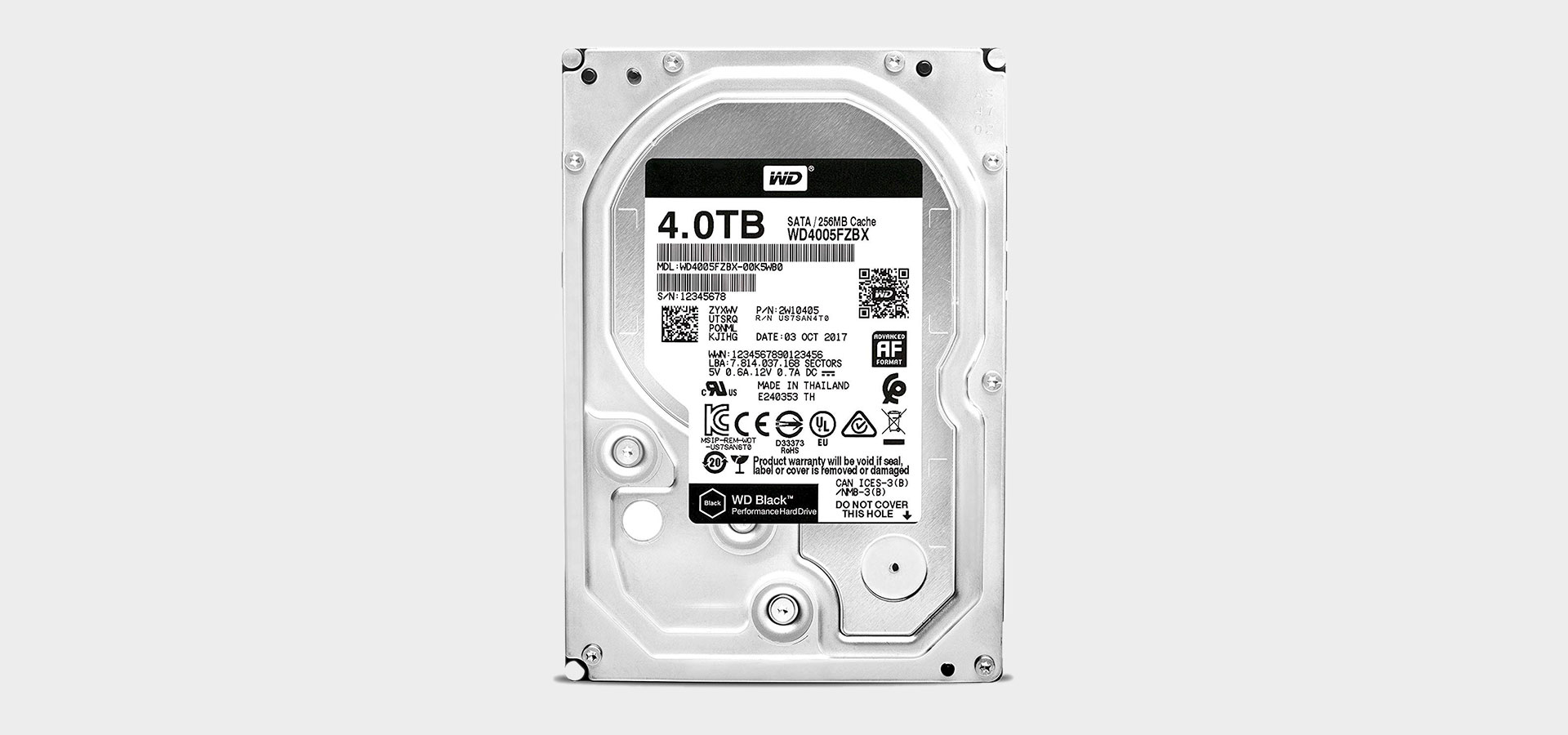
Anthem hard drive performance
Let's start with loading times of the hard drive, keeping in mind that this is basically as good as it gets for HDDs since it's a practically new HDD without a ton of other files on it, plus it's running as a secondary drive so the OS isn't peppering it with extra read/write request.
1) Game load time: 78-85 seconds
2) Free play load time: 65-75 seconds
3) Exit free play time: 33 seconds
Both the game load time and level load time are much slower than with an SSD, although subsequent runs (without rebooting the PC or restarting Anthem) do better. Exiting the game and immediately launching it again reduced the initial load time to about 65 seconds, while getting into free play on subsequent runs takes about 45-50 seconds.
If you have an older hard drive, a hard drive with lots of other files on it (and file fragmentation), and/or a 5400RPM hard drive, you can expect load times to be even worse than shown here. A 4TB WD Black HDD remains one of the fastest options for conventional storage.
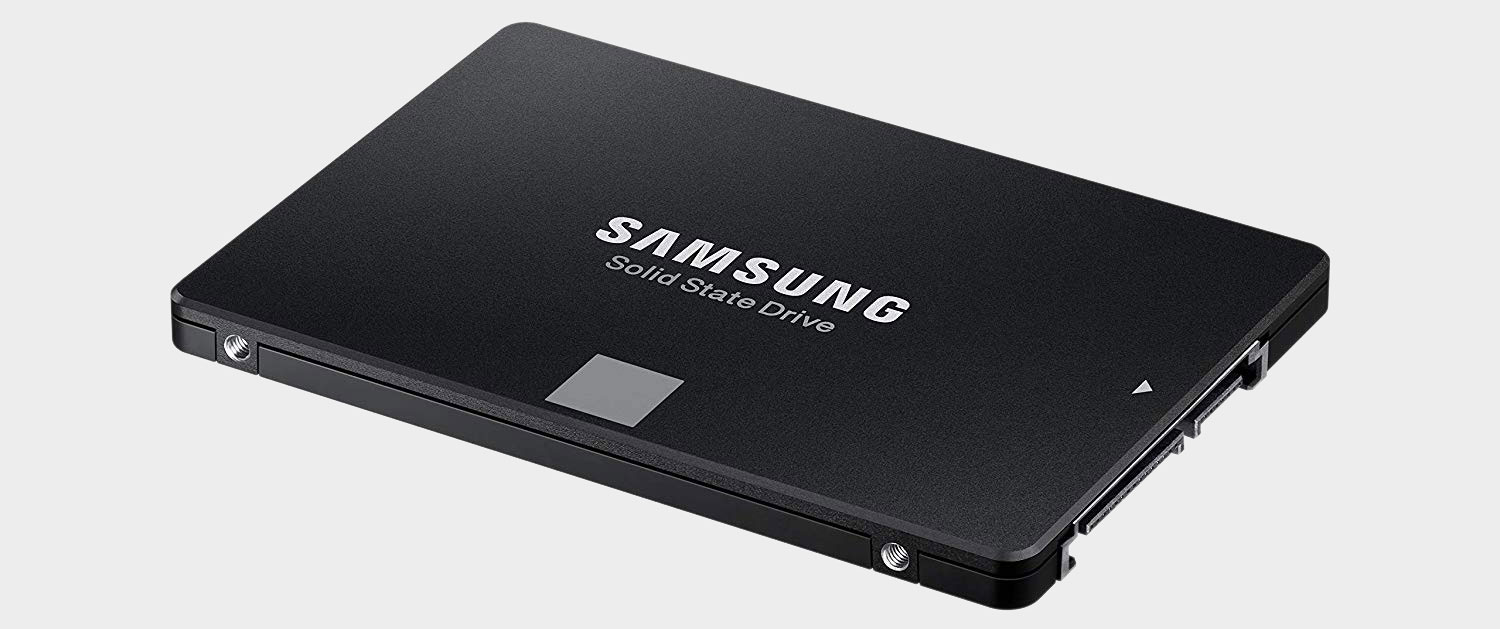
Anthem SATA SSD performance
I've used a fast SATA SSD, one of the best SSDs for gaming in fact, and it has plenty of free space available so it shouldn't run into any hiccups. While slower SSDs might affect load times, in general all modern SATA SSDs are fast enough that I expect most results for tests like this to be within a narrow margin of a few seconds.
1) Game load time: 59-60 seconds
2) Free play load time: 43-45 seconds
3) Exit free play time: 32 seconds
Switching to an SSD definitely helps reduce load times. The game launches about 20 seconds faster, and getting into free play likewise is over 20 seconds faster. Exiting free play and getting back to Fort Tarsis still feels agonizingly slow, as it takes 16 seconds to get to the summary screen, then you have to stab escape multiple times to get through the several screens (this can take another 10 seconds minimum, but after a lengthier run sorting through things might take a couple of minutes), followed by another 16 seconds to return to Fort Tarsis.
Exiting Anthem and immediately restarting it doesn't really help the initial load time. There's a 23 second delay before you get to the "Connecting to Online Services" message, probably half of which is for two unskippable logo videos. It's not clear how much of the delay at the "connecting" prompt is server side, and how much is from loading and processing data. Launching another expedition also didn't improve much on a subsequent runs, and in fact was a bit slower (49 seconds) for some reason.
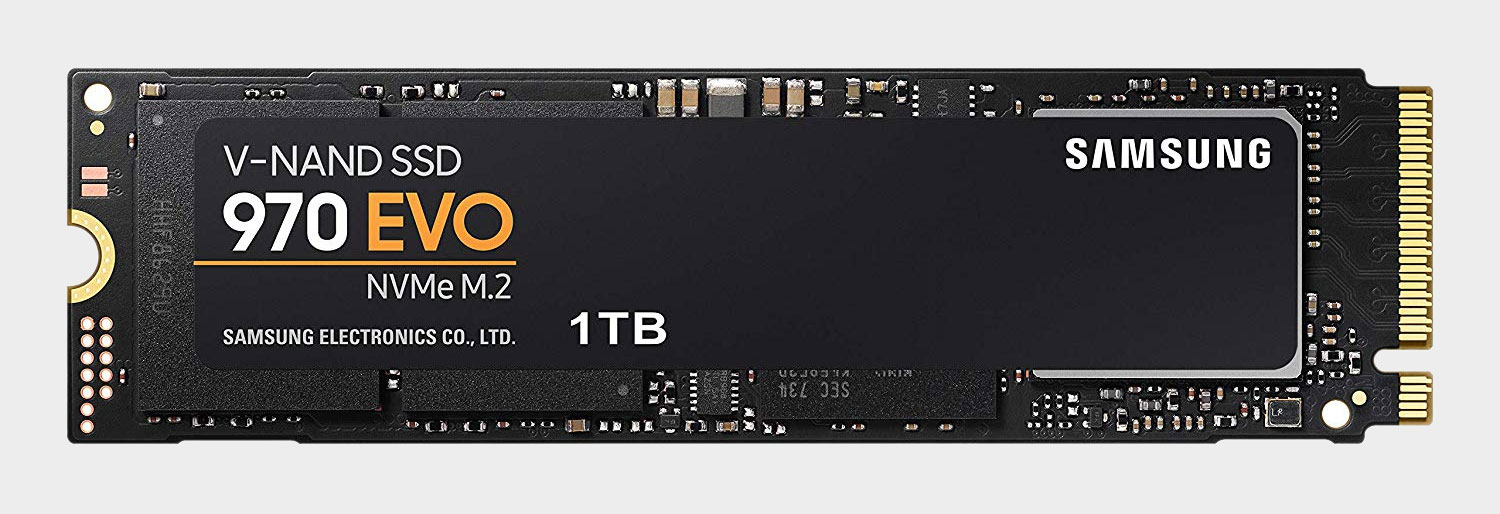
Anthem NVMe SSD performance
What happens if you put Anthem on an ultra-fast M.2 NVMe SSD? Samsung's 970 Evo 1TB is one of the best NVMe SSDs, and for these tests it's basically empty before copying over the game files, so this is as good as it's likely to get.
Many people will tell you that NVMe SSDs don't make your games load or run any faster. Those people are generally correct. If a game has to process data as it loads (and that's pretty much always the case), it might only be pulling data from storage at a rate of 100-200MB/s, but rarely would it actually exceed the 500MB/s that a fast SATA drive can provide. Which means the results are basically what you'd expect:
1) Game load time: 58-60 seconds
2) Free play load time: 43-45 seconds
3) Exit free play time: still 32 seconds
All of those figures are within one second of the SATA SSD. Does that mean there are never scenes or areas where the NVMe drive would be faster? No, but at least during testing I was unable to produce results that gave the 970 Evo any noticeable advantage. (Moving files from the SATA SSD and then having Origin verify those files did go substantially faster, however.)
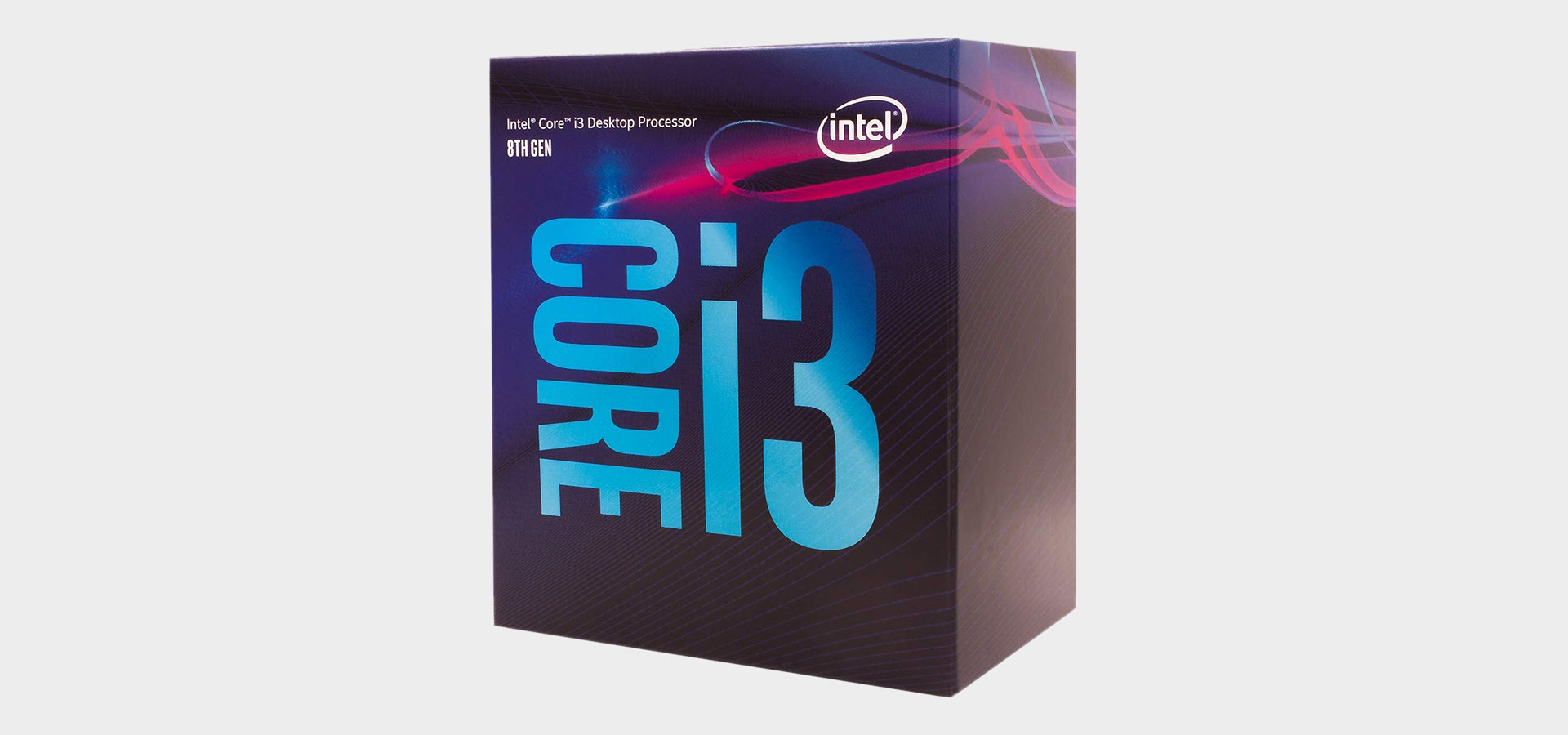
Anthem SATA SSD with Core i3-8100
One thing I haven't touched on yet is how much the CPU affects load times. I used the same SATA SSD but swapped out the CPU for a Core i3-8100. With two fewer cores (and one third as many threads), things definitely slowed down.
1) Game load time: 76-78 seconds
2) Free play load time: 53-56 seconds
3) Exit free play time: 45 seconds
That's almost worse than using the HDD with a faster CPU, though the combination of hard drive and Core i3-8100 (or a similarly slow CPU) would increase load times even more. The main point here is that even the fastest storage can only take you so far if you have a slow processor. And with Anthem, as I'll show in our upcoming performance analysis, you definitely benefit from having something better than a 4-core/4-thread processor.
Also worth noting is that subsequent runs didn't seem to get much faster. The limiting factor here is the CPU speed, not the storage (or at least, not primarily the storage).
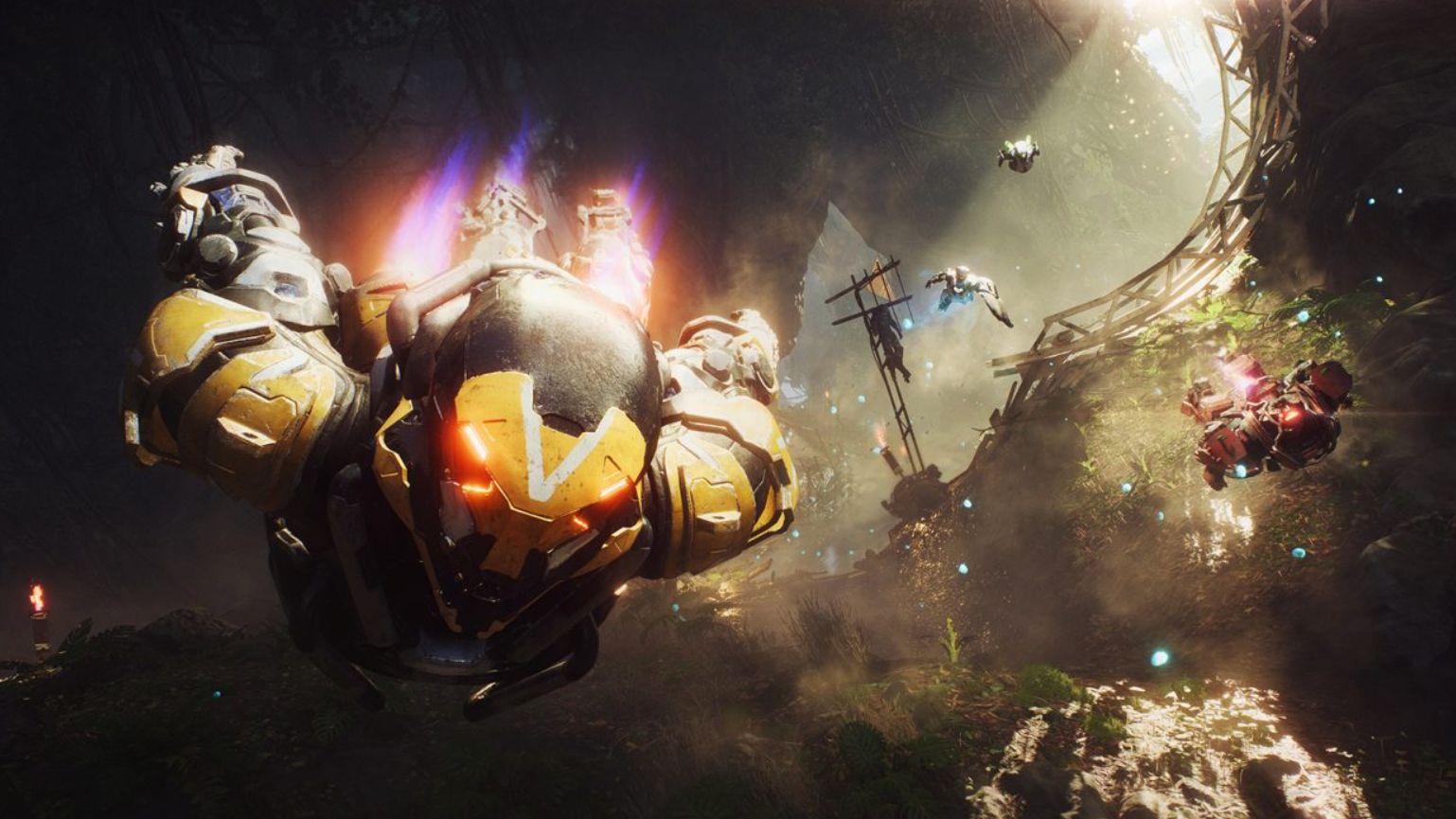
Thoughts on Anthem load times
Given the excessive amount of loading screens, trimming down how long you see each one is a great quality of life improvement for Anthem. The initial patch has shaved off about 20 seconds for launching a mission on an SSD or HDD from my testing. But you know what would be better? Get rid of some of the screens.
Given how long it takes to launch into the free play mode, when you die (which is inevitable in games like this), I'm not sure why a full reload has to happen for you to spawn back at your last 'base' location. I also don't know why there's a "Press [Space] to resume" message at the start of the game, since most of the time you don't have any other choice. Maybe just show that screen if the system detects a mission in progress, and allow you to rejoin, or otherwise drop you straight into Fort Tarsis.
It's little things like this that make me shake my head. And the good news is that most of them can be addressed with future patches. Maybe even the stale environment of Fort Tarsis can be improved, and a fast travel system could let us skip all the walking around, but let's not be too optimistic. For better or worse, this is the Anthem that launches this week.
Jarred's love of computers dates back to the dark ages when his dad brought home a DOS 2.3 PC and he left his C-64 behind. He eventually built his first custom PC in 1990 with a 286 12MHz, only to discover it was already woefully outdated when Wing Commander was released a few months later. He holds a BS in Computer Science from Brigham Young University and has been working as a tech journalist since 2004, writing for AnandTech, Maximum PC, and PC Gamer. From the first S3 Virge '3D decelerators' to today's GPUs, Jarred keeps up with all the latest graphics trends and is the one to ask about game performance.


